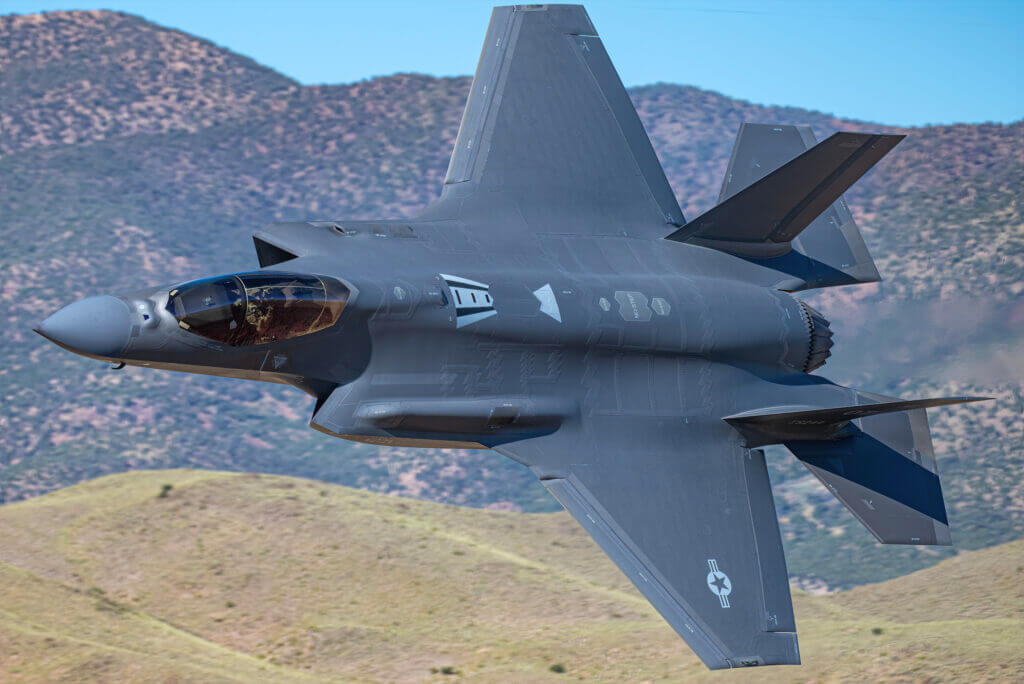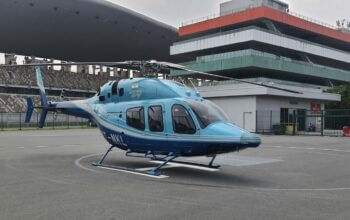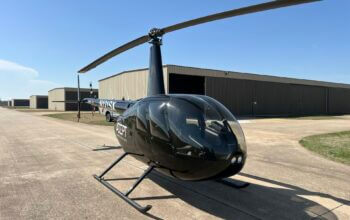Estimated reading time 6 minutes, 1 seconds.
Even as the U.S. Department of Defense continues to wrestle with operations and maintenance costs of its Lockheed Martin F-35 Lightning II fighters, the Canadian government has received potentially comforting news about its planned acquisition of 88 aircraft.
Parliamentary Budget Officer Yves Giroux said in a Nov. 2 report that the Royal Canadian Air Force (RCAF) can expect total life-cycle costs, from development to disposal, of some $73.9 billion.
When the Conservative government first announced in 2010 that it planned to buy 65 F-35s as replacements for its already aging CF-188 Hornets — a 1970s design which entered service in 1982 — the predicted life-cycle costs over an initial 20-year period totalled $29.3 billion. But with the RCAF’s proclivity for extending its aircrafts’ operational lives, that was expected to increase significantly.

Six years later, responding to concerns that 65 aircraft would not be enough to maintain reasonable squadron readiness, the new Liberal government said it would increase the procurement to 88, still a relatively bare-bones replacement program.
That led to a March 2022 announcement that Lockheed Martin was the preferred and top-ranked bidder for the program, which set the stage for confirmation in January 2023 of a deal with the U.S. government, Lockheed Martin, and its engine supplier, Pratt & Whitney.
Life-cycle costs by then had ballooned to an estimated $70 billion, but Giroux — who honed his analytic chops at the Canada Revenue Agency and at the Privy Council Office – says the latest estimate, although having grown by some $4 billion in the last couple of years, is generally in line with expectations.
Compare that with the projected $17 trillion the U.S. Department of Defense, as Lockheed Martin’s primary customer, expects to spend on its three F-35 variants. Currently operating 450, it plans to buy a total of 2,500 for the Air Force, Navy, and Marine Corps.
The new report by Giroux breaks down the life-cycle forecast, including $200 million in development funds already spent. The basic procurement of aircraft is forecast at $19.8 billion and operations and sustainment costs over an initial 30-year period, beginning in the 2025-2026 fiscal year, is $53.8 billion. The total is rounded out by $200 million for eventual disposal in 2055-2056, which could be extended in keeping with the RCAF’s historical practices.
The current timeline has the RCAF taking delivery of its first four F-35s in 2026 after the main fighter bases in Alberta and Quebec have updated their operations and sustainment facilities. They would be followed by six in each of the two following years and then 18 annually from 2029 to final delivery in 2032.
The operations and sustainment phase of the program is slated to begin in the 2025-2026 fiscal year in advance of the delivery of the first F-35 to the RCAF. The estimated costs are based on an assumed 30-year life span for each aircraft and that none would be lost to crashes or other circumstances. Each aircraft, according to RCAF figures, would log approximately 167 flying hours annually or 14,700 hours for the fleet overall.
Meanwhile, in the U.S., the General Accounting Office (GAO), equivalent to the office of Canada’s Auditor General, recently raised concerns about F-35 maintenance costs, including delays in setting up service centres and providing enough equipment.
“Maintenance challenges negatively affect F-35 aircraft readiness,” the GAO said. “The F-35 fleet mission capable rate — the percentage of time the aircraft can perform one of its tasked missions — was about 55 per cent in March 2023, far below program goals.”
It attributed this partly to “challenges with depot and organizational maintenance,” which meant that repair times on the complex aircraft were behind schedule. “Component repair times remained slow with over 10,000 waiting to be repaired,” the GAO said. “At the same time, organizational-level maintenance has been affected by a number of issues, including a lack of technical data and training.”
Noting that the DOD relies heavily on Lockheed Martin to manage the F-35 programs, it said the three services “must” begin addressing contractor-managed elements with a view to reducing maintenance costs. However, it warned, “while DOD intends to transition more maintenance responsibilities from contractors to the government (by late 2027), it doesn’t have a plan to achieve this goal.”








